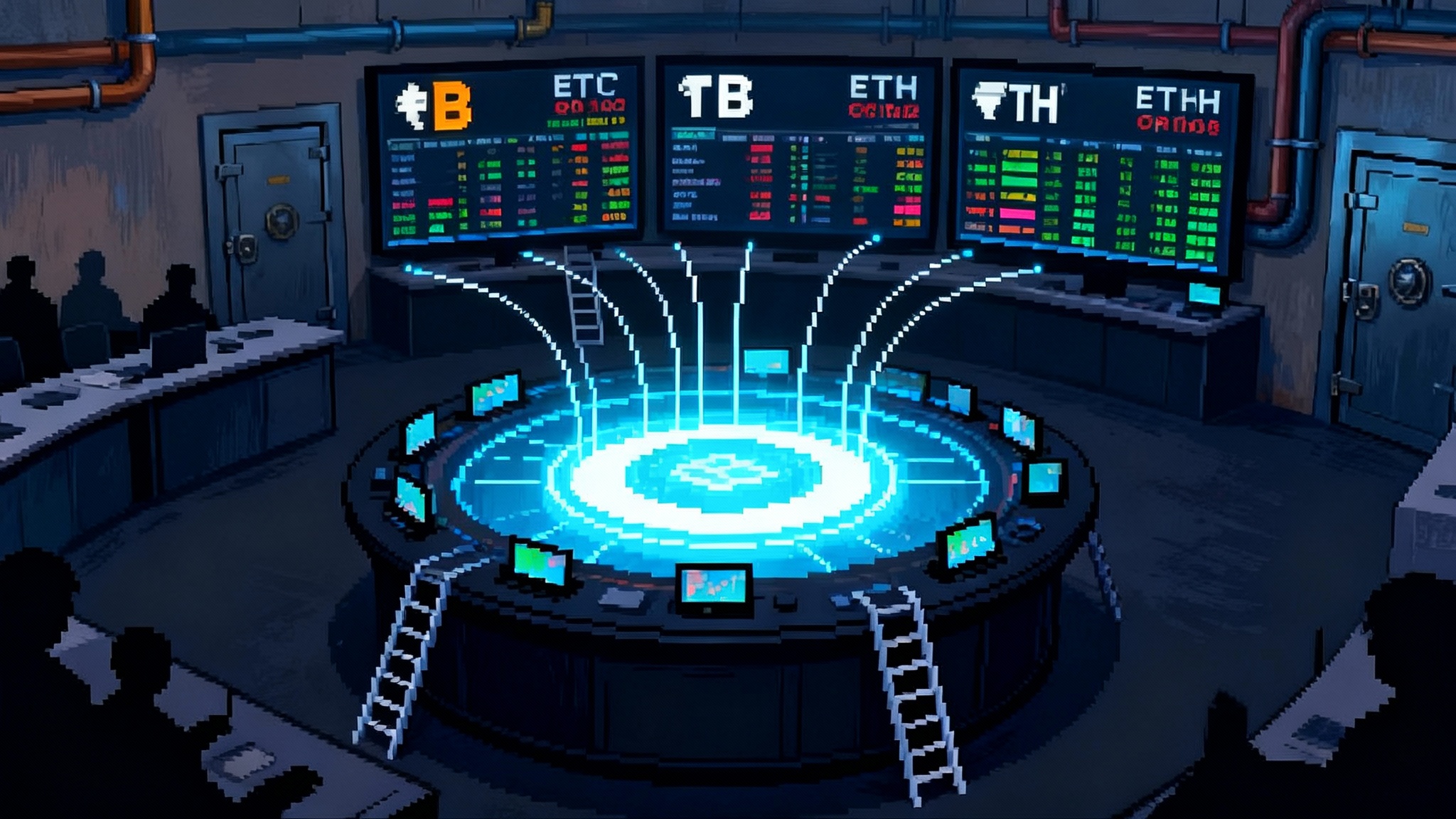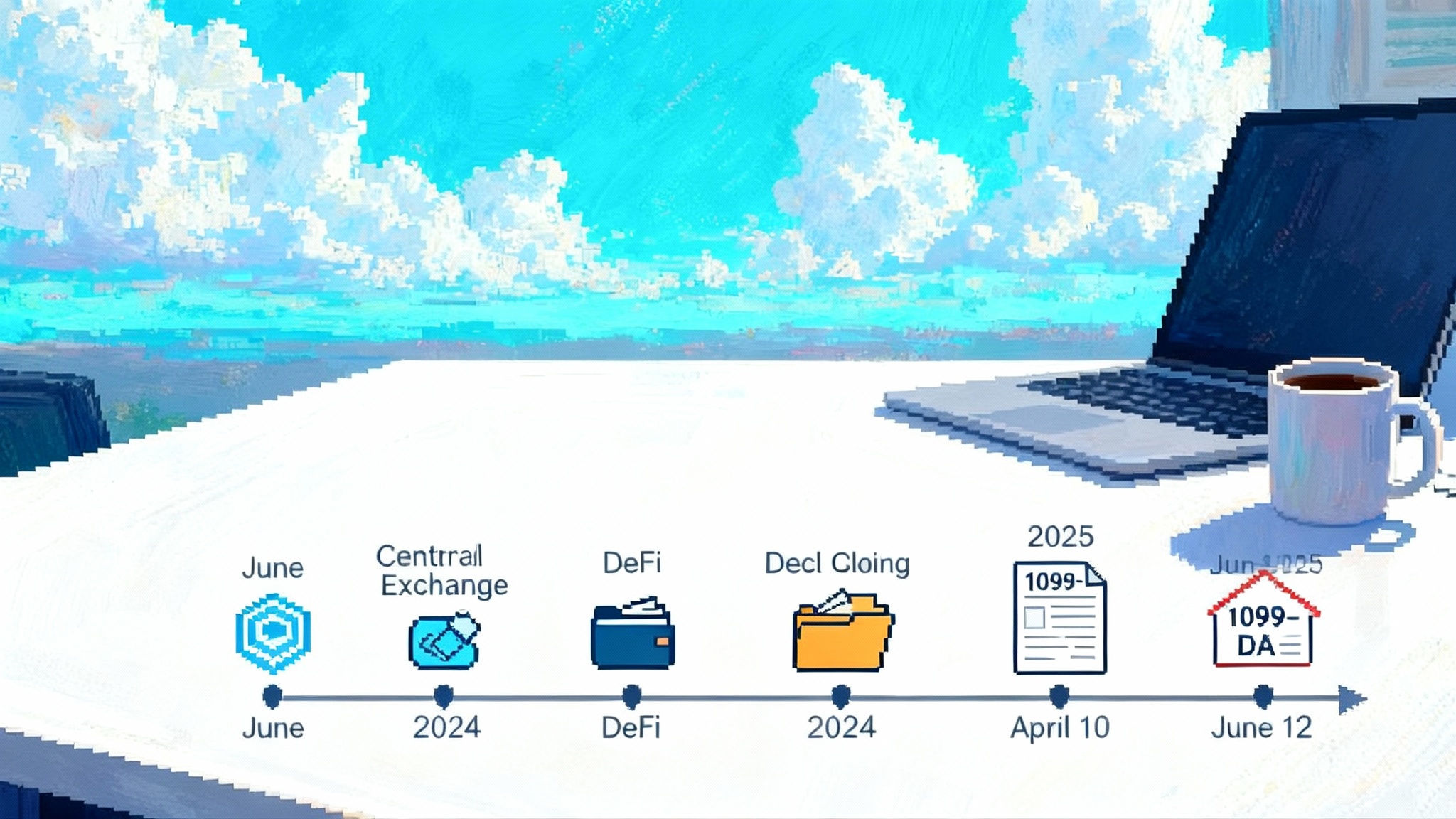Onshore Crypto Perps Arrive: Cboe and Coinbase Redraw Market
September 2025 ushers perpetual-style crypto leverage onto U.S. venues. Cboe’s Continuous futures and Coinbase’s CFTC-regulated perps promise deeper liquidity, new basis triangles, and funding capture on home turf while testing fresh guardrails for institutions and retail.

The month U.S. traders stopped looking offshore
For years, U.S. crypto derivatives desks lived with a split screen. Offshore, perpetual swaps dominated global volume and set the tone for funding and weekend moves. Onshore, regulated venues stuck to classic monthly futures with limited hours and fewer participants. September 2025 is when that gap starts to close. Cboe has unveiled Continuous futures for bitcoin and ether that aim to replicate perpetual exposure in a U.S. intermediated framework, with a planned go live on November 10, 2025. These contracts are single, long-dated futures with daily cash adjustments tied to a transparent funding methodology, and they clear through Cboe Clear U.S. The result is familiar perp economics inside an exchange-listed, centrally cleared wrapper, outlined in the Cboe Continuous futures plan.
Coinbase, meanwhile, has begun offering CFTC-regulated perpetual-style futures for U.S. traders. The initial lineup, nano BTC and nano ETH perps, is built as long-dated contracts that avoid monthly rolls and support up to 10x leverage with near 24/7 trading. Details are in the Coinbase perps launch details.
Together, these two thrusts bring the dominant crypto derivative structure onshore in two flavors. Cboe leans into the listed futures rulebook with a funding-like daily adjustment layered onto a single 10-year contract. Coinbase leans into the international perp user experience but packages it as a long-dated instrument inside the U.S. futures regime. The question now is not whether U.S. traders will get perp-like access, but how market structure shifts as liquidity, risk management, and capital rules move inside the perimeter.
Mechanics: how these onshore perps work
Funding and carry
Offshore perpetuals pin their futures price to an index through a funding rate. When the perp trades above spot, longs pay shorts. When it trades below, shorts pay longs. Payments typically occur every few hours and accrue continuously, which keeps the perp near the spot index while allowing leverage.
Cboe’s Continuous futures solve the same problem with a listed-markets twist. Instead of an instrument with no expiry, Cboe lists a single, long-dated future targeting a decade-long expiration. Each trading day, the contract is subject to a cash adjustment that reflects a published funding methodology designed to keep the future aligned with spot. Economically, traders still pay or receive carry depending on whether the future trades rich or cheap to the spot reference, but it flows through daily PnL via clearing rather than bilateral payments.
Coinbase’s U.S. perps are structured as long-dated futures that avoid monthly rolls and incorporate a funding mechanism intended to mimic the offshore perp feel while remaining within the CFTC framework. The result is a U.S.-compliant contract that still gives traders continuous exposure and a predictable funding cadence.
Marking and settlement
Offshore venues typically calculate a mark price from their own or third-party indexes and enforce funding on a fixed schedule. Risk, collateral, and settlement live inside vertically integrated exchange stacks.
Onshore, clearinghouses sit in the middle. Cboe’s contracts are centrally cleared, with variation margin and the daily funding adjustment processed through the clearing system alongside other futures. Coinbase’s version also clears and margins within the U.S. futures infrastructure, which implies standardized daily settlement, recognized customer protections, and capital rules that FCMs already follow.
Margin and collateral
The biggest operational difference shows up at the collateral and intermediated access layer. Offshore, collateral is often crypto or stablecoins held at the exchange. Onshore, FCMs intermediate access, customer funds are segregated, and permitted collateral is governed by clearinghouse rules and CFTC customer protection requirements. In practice, most U.S. customers will post USD cash and, where allowed, high-quality securities subject to conservative haircuts. This is safer from a bankruptcy-remoteness perspective and opens the door to financing trades against Treasuries with more traditional risk management.
Trading hours
Crypto is always on, so a natural question is whether U.S. venues can match the 24/7 experience. Coinbase is positioning perps for continuous hours. Cboe operates nearly 24x5 and may move toward broader coverage as clearing, surveillance, and FCM operations adapt.
How U.S. market structure changes
Basis becomes a local sport
For years, the cleanest crypto basis trades for U.S. firms required offshore accounts or complex affiliates. With Cboe Continuous futures and Coinbase perps, desks can run funding capture and calendar carry strategies onshore. Expect to see:
- Two-way funding markets in U.S. hours. When perps are rich to spot, systematic short-funding strategies become feasible in a U.S. clearing account. When they are cheap, funds can rotate long.
- Cross-venue basis between Cboe Continuous, Coinbase perps, CME monthlies, and spot ETFs. New relative value triangles emerge now that CME is not the only large U.S. instrument.
- Less Monday gap risk. More U.S. activity over weekends on regulated venues should compress the Monday open dislocations that once plagued U.S.-only players.
Liquidity deepens where FCMs are strong
Spot and futures liquidity follow where capital can move efficiently. As more FCMs, clearing banks, and primes treat crypto exposures like any other futures book, more balance sheet shows up. Expect tighter spreads during U.S. hours, more robust size on screens, and a faster arb response to offshore dislocations. Market makers that already quote CME will port models with modest tweaks for funding and daily adjustments.
Volatility compresses between events
Funding-anchored products act like a spring on the futures-spot gap. During quiet periods, that spring pulls prices together, tightening realized basis volatility. In macro events, when funding caps hit and risk limits bind, flow shifts to classic futures and spot, concentrating volatility there. The net effect is less drift and sharper moves around catalysts such as ETF flows, halving cycles, or regulatory headlines. For ETF context, see the internal view on SEC generic spot ETF rules.
Who benefits and who does not
Likely winners
- Market makers and quant funds. New perp-style instruments in U.S. accounts mean more cross-market hedging, intraday mean reversion, and ways to monetize inventory risk with funding capture.
- FCMs and clearing banks. A fresh product class running through existing pipes enables margin financing against Treasuries, portfolio margining within a clearing family, and expanded onboarding for funds that were previously offshore only.
- Institutional primes and custodians. As perps move onshore, the value of integrated financing, cross-venue collateral management, and tri-party arrangements rises. For industry consolidation angles, see Coinbase and Deribit consolidation.
Probable losers
- Offshore venues reliant on U.S. demand. Some flow will repatriate, especially from institutions that prefer a domestically regulated stack, even if fees are higher and leverage is lower.
- Retail-first offshore platforms. Intermediated access, clearer disclosures, and suitability checks may pull retail flow back to onshore channels, even with lower leverage limits.
The regulatory backdrop
The 2025 shift is more about coordination than a single rule change. The CFTC’s tolerance of funding-like mechanics inside a futures wrapper, combined with SEC staff signaling openness to spot crypto products on registered venues, has lowered friction for exchanges willing to operate inside both playbooks. Two points have become clearer to market participants: bitcoin and ether remain treated as commodities for futures purposes, and agencies will evaluate packaged products that reflect crypto market structure if customer protections and disclosures are up to par. For tax and reporting implications, see 1099-DA changes in 2025.
From a customer protection perspective, onshoring perps means segregated funds, clearinghouse backstops, and FCM supervision. From a market integrity perspective, it means surveillance and position limits that futures veterans already understand.
Onshore perps vs offshore perpetuals
- Funding cadence. Offshore funding is often hourly or every eight hours. Cboe’s daily cash adjustment compresses the math into the clearing process and uses a disclosed methodology to reduce gaming. Coinbase’s perp-style contracts aim for a similar effect with a U.S.-compliant schedule and accrual.
- Mark and liquidation. Offshore exchanges mark against their own index and liquidate under house rules with auto-deleveraging as a backstop. Onshore, daily variation margin, standardized risk models, and FCM oversight reduce the chance of liquidation cascades.
- Collateral and settlement currency. Offshore perps often use crypto collateral and settle funding in stablecoins. Onshore products are more likely to require USD cash and settle via clearinghouse systems, which affects funding-arb yields and favors institutions with cheap USD financing.
- Access and leverage. Offshore leverage can run 20x to 100x. Onshore versions cluster around 2x to 10x with suitability checks. Lower leverage reduces blowups and some of the noise that offshore funding cycles inject into spot.
What to watch next
- Expansion beyond BTC and ETH. If onshore perps remain a two-asset story, offshore venues retain an altcoin moat. If U.S. venues add large caps with sufficient surveillance, that moat narrows.
- Collateral eligibility and financing costs. Broader acceptance of T-bills and short-duration funds with reasonable haircuts lowers capital costs and scales basis strategies.
- Cross-margining and portfolio offsets. Recognizing offsets between perp-style products and classic futures is a force multiplier. Within a single DCO, portfolio margining is feasible; cross-DCO offsets are harder and may emerge via bilateral or FCM-level solutions.
- Institutional green lights. Adoption should inflect after successful FCM due diligence, audited financials for the new lines, and several months of stable funding prints.
- Retail protection in practice. Liquidation fairness during weekend gaps and transparent funding dashboards will be key tests.
Scenarios that frame the impact
- Funding capture inside U.S. pipes. A market maker shorts the Coinbase BTC perp when it trades rich to spot, posts USD collateral at an FCM, and hedges with spot or CME micros. Daily funding accrues as revenue and the hedge is rebalanced around macro events.
- Roll-risk avoidance with Continuous. A macro fund buys Cboe’s Continuous contract instead of managing a monthly roll calendar. The daily cash adjustment handles carry and the team budgets funding like a dividend yield in equity index futures.
- Prime-led financing. A crypto-native prime lets clients post T-bills, borrow USD at a spread, and deploy a cross-venue basis across CME, Cboe, and Coinbase with collateral at a custodian and clearing via the FCM.
Bottom line
U.S.-regulated perpetual-style crypto derivatives are a translation, not a copy of offshore markets. Cboe’s Continuous futures wrap perp economics in the safety rails of listed futures and central clearing. Coinbase’s perps bring the familiar UX into a CFTC setting with tighter leverage and standardized protections. If breadth expands beyond BTC and ETH, collateral becomes more efficient, and real cross-margining emerges, the center of gravity for crypto leverage tilts decisively onshore. Otherwise, offshore venues retain an edge in assets and leverage. Either way, September 2025 is when the debate turns concrete in screens, spreads, and funding prints.








